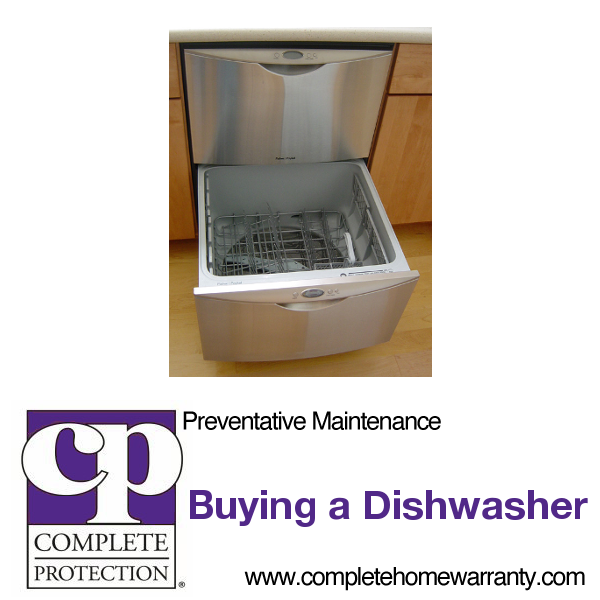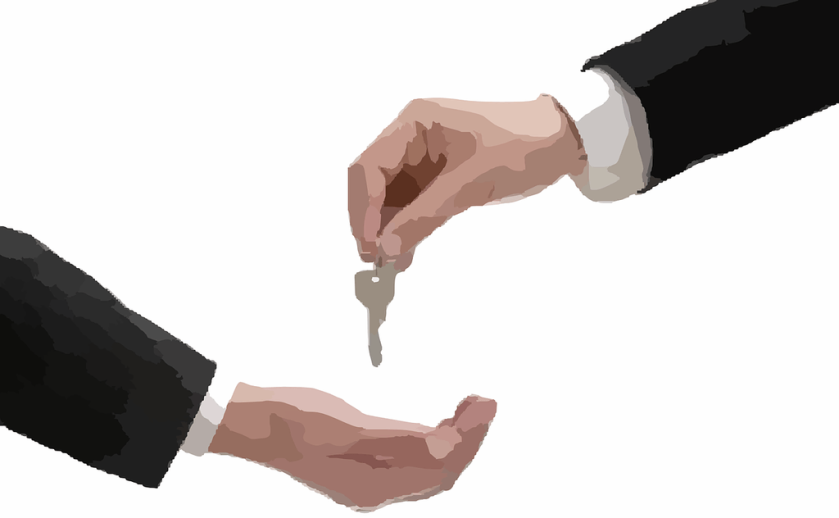How to get Your Pool Ready for Summer
It’s getting hot outside, and that pool is looking more and more inviting. Is your pool ready for you to jump into this summer? There are a few things you can do to get it ready to enjoy on those long hot summer days. Lets go over those steps now, so you and your family can get out there and enjoy it.
First, we’ll briefly discuss the preparations that should have been completed at the end of the previous pool season (and should be done this fall) to make sure that it stays in good shape over the winter:
Do Not Empty the Pool Completely
As you close your pool down for the cooler months, you need to drain the water out. However, you do not want to drain it completely unless you need some structural work done to it. Leaving a few inches of water at the bottom, even in cooler regions of the United States, is good. First, if you completely empty it, all that water could drain under the pool and make it bubble up. By leaving a couple inches of water in there, you are weighing down the pool, and it is less likely to raise up off the ground or get air pockets from any water underneath it.
Winterize
After you have drained the pool to just a couple inches of water, now is the time to clean the walls of the pool and get it ready to cover. Once you have cleaned it, make sure that your pool cover is free of holes and dirt before you place it over the pool. After you cover it up, your pool is ready to wait until the next swimming season.
Getting the Pool Ready for Summer
Now let’s look at how you should prepare your pool to open for the summer. There are a few steps to make sure that your pool will run smoothly and will perform the best over the next several months. It is important to do each of these steps, as they all play an important roll in your pools performance:
Clean It Up: Leave the pool covered and do a chemical open first. Put the filtration system together and clean out all the baskets. Also make sure any plugs you placed in the pool when you closed it last year are removed.
Top It Off: After you clean the pool, it’s time to fill it up with water and top it off. This is also when you should clean all your filters and make sure they are all working properly and do not need to be replaced.
Test Your Water: You can test the water yourself with a water testing kit, or you can take a sample of your pool water to a specialty pool store, where they will usually test it for free. This is recommended, as the professionals can fully test the water and make sure all your mineral levels and pH levels are safe and correct.
Balance the Chemicals: Next you need to do some chemistry! Based on the water tests you had done, you will need to add certain chemicals to your pool to make sure it is safe for swimming. This usually includes adding chlorine or calcium, depending on the balance. Here is a list of what the levels of each chemical should be in your pool:
- PH Levels between 7.2 to 7.4
- Alkalinity from 80 to 120
- Calcium hardness from 150 ppm to 250 ppm (parts per million)
- Chlorine from 1 ppm to 3 ppm
You can put chemical tablets in your skimmer baskets, but you should also make sure to have a plastic chlorinator basket that attaches to the filter system. Make sure it is plastic, because the chemical tablets have a low acid content that can eat through metal.
Wait for the Water to Clear: Now that you have shocked and chemically cleaned your pool, the water will look a little cloudy. It is important to wait for the water to turn clear before you jump in and enjoy it. This time lets the chemicals do their job of balancing and disinfecting and makes your pool is safe for swimmers.
Clean Debris: Once the water has cleared, now it is time to vacuum or scoop out any leaves or other large debris that may be floating around in the pool. You can also use your skimmer basket to clean off the surface. It is a good idea to do this maintenance on the pool at least once a month after you open it.
Maintenance: As mentioned above, now that your pool is ready for use, it’s a good idea to keep up good maintenance on the pool throughout the summer season. Vacuum and skim clean the pool monthly or even weekly. Do a chemical balance check once a month as well. Keeping up a good maintenance schedule for your pool will ensure it lasts longer and has the best performance. If you want more detailed information on pool maintenance, check out Complete Protection’s blog here.
Now that you have completed these steps, it’s time to dust off those lounge chairs, blow up those floaties, and get out there and enjoy your pool time. Be sure and grab that big glass of lemonade before you head out into the sun!


